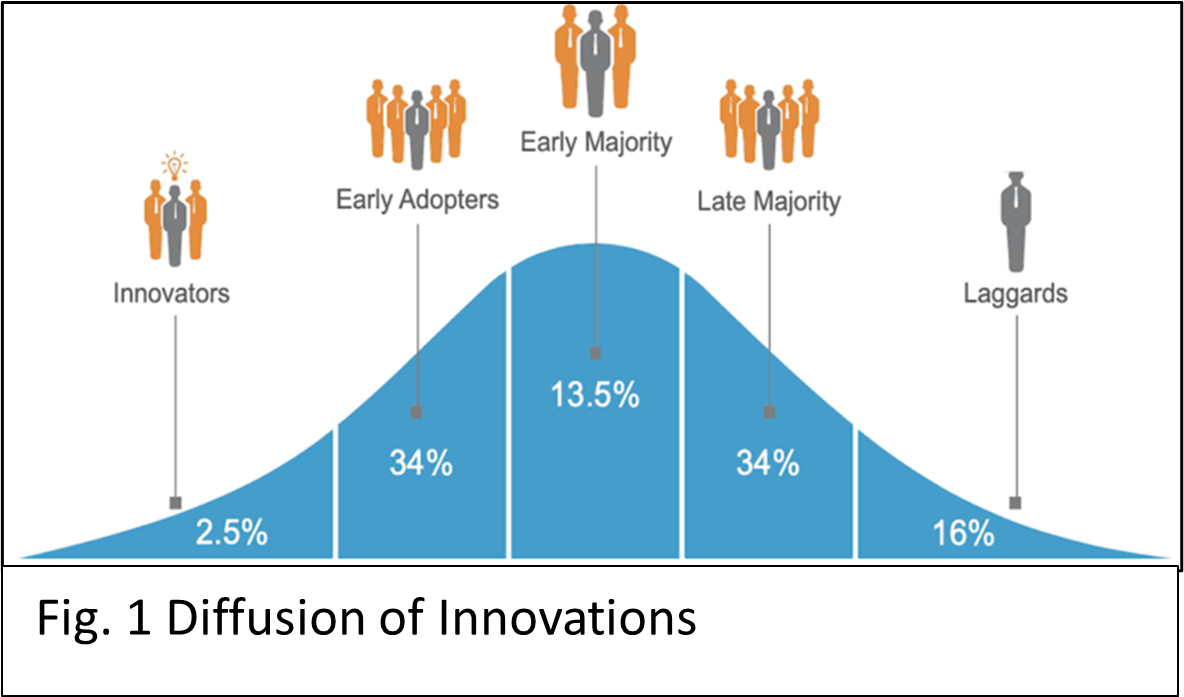Body
For an organization to develop a sustainable, continuous improvement culture, it must, as we say at Greater Boston Manufacturing Partnership, involve everybody, every day—i.e., process improvement must become an everyday part of everyone’s job. That’s the ideal.
|
ADVERTISEMENT |
The reality, however, according to Everett Rogers’ Diffusion of Innovations, is that buy-in to this ideal follows a normal distribution, as in Figure 1.

…
Want to continue?
Log in or create a FREE account.
By logging in you agree to receive communication from Quality Digest.
Privacy Policy.

Add new comment